Rising Water Scarcity
The increasing prevalence of water scarcity across various regions appears to be a driving force in The Global Water Clarifiers Industry. As populations grow and industrial activities expand, the demand for clean water intensifies. Reports indicate that by 2025, nearly 1.8 billion people may be living in areas with absolute water scarcity. This situation compels municipalities and industries to invest in water treatment solutions, including clarifiers, to ensure the availability of potable water. The urgency to address water shortages is likely to propel the market forward, as stakeholders seek efficient technologies to enhance water quality and availability.
Environmental Regulations
Stringent environmental regulations are increasingly influencing The Global Water Clarifiers Industry. Governments worldwide are implementing policies aimed at reducing water pollution and promoting sustainable water management practices. Compliance with these regulations often necessitates the installation of advanced water treatment systems, including clarifiers. For instance, the introduction of the Clean Water Act in various regions mandates that industries treat their wastewater before discharge. This regulatory landscape is likely to drive investments in water clarifiers, as companies seek to meet compliance standards and avoid penalties, thereby fostering market growth.
Technological Innovations
Technological innovations in water treatment processes are reshaping The Global Water Clarifiers Industry. The introduction of advanced clarifying technologies, such as membrane filtration and electrocoagulation, enhances the efficiency of water treatment. These innovations not only improve the quality of treated water but also reduce operational costs for facilities. Market data suggests that the adoption of smart water management systems, which integrate IoT and AI technologies, is on the rise. This trend indicates a shift towards more efficient and automated water treatment solutions, potentially increasing the demand for modern clarifiers that can integrate with these technologies.
Growing Awareness of Water Quality
The growing awareness of water quality and its impact on health is a crucial driver in The Global Water Clarifiers Industry. Consumers and industries alike are becoming increasingly conscious of the importance of clean water for health and environmental sustainability. This heightened awareness is prompting investments in water treatment technologies, including clarifiers, to ensure safe drinking water and reduce contaminants. Market trends indicate that the demand for high-quality water is expected to rise, particularly in developing regions where access to clean water is limited. This trend is likely to stimulate growth in the clarifiers market as stakeholders prioritize water quality.
Industrial Growth and Urbanization
Rapid industrial growth and urbanization are significant contributors to the expansion of The Global Water Clarifiers Industry. As urban areas expand, the demand for water treatment solutions increases, driven by the need to manage wastewater effectively. The industrial sector, particularly manufacturing and food processing, generates substantial wastewater that requires treatment. It is estimated that the industrial sector accounts for approximately 20% of global water usage. Consequently, the need for advanced clarifiers to treat this wastewater is likely to rise, fostering market growth as industries strive to comply with environmental regulations and sustainability goals.


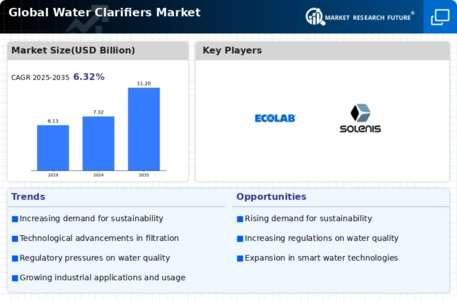
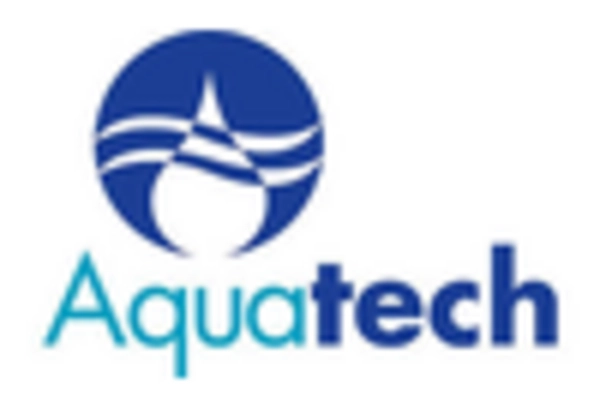
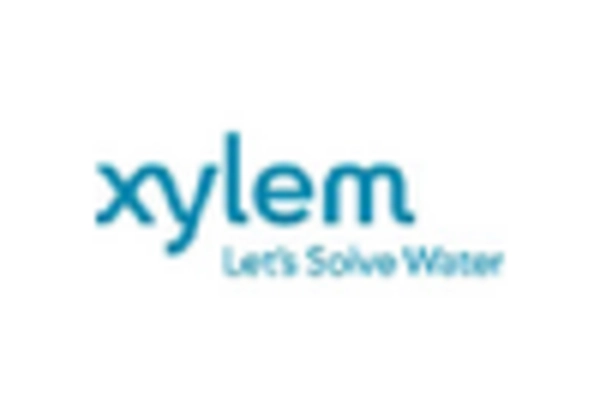
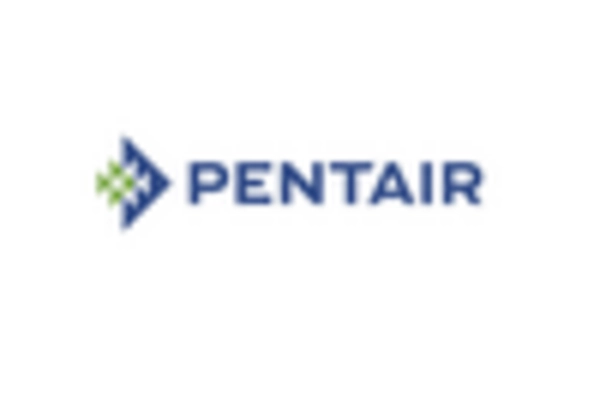
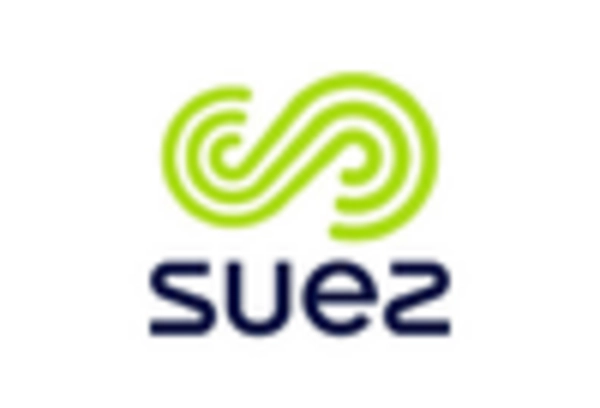
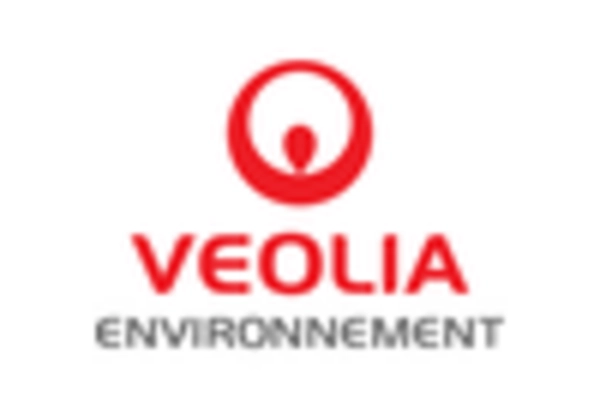
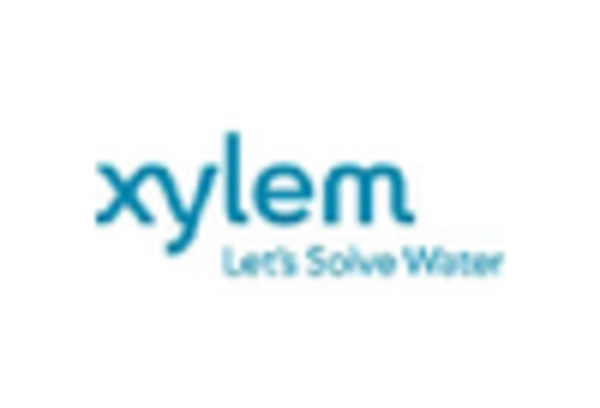








Leave a Comment